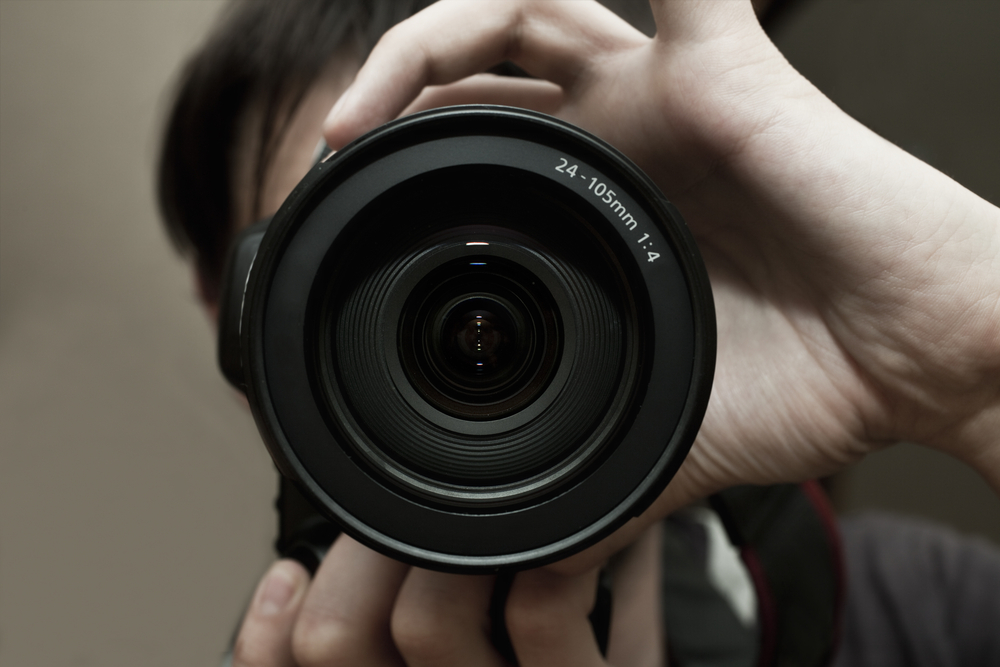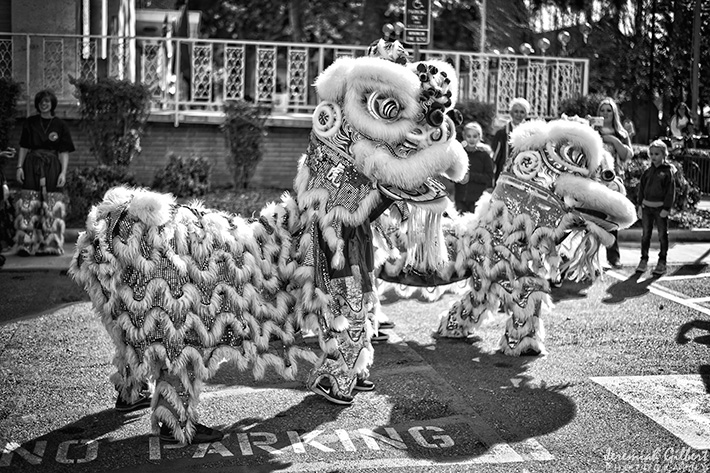Lenses can dramatically impact every shot, and there are plenty of factors to consider when choosing the best lens option for a particular shot. One of the most fundamental is also one of the most important: focal length. Understanding focal length is key to improving your photos and always taking the shots you’re after.

Photo via Shutterstock/Korionov
What exactly is focal length?
The focal length of a lens is the distance between the lens and the image sensor when the subject is in focus. This distance is usually stated in millimeters, such as 24mm, 50mm or 200mm. With a zoom lens, both the minimum and maximum focal lengths are given, such as 70–300mm.
Lenses are typically broken down into three broad categories based on focal length: wide-angle, normal and telephoto. Each of these posses its own properties and have ideal uses.
Wide-angle lenses (<35mm)
Generally speaking, a wide-angle lens is any lens with a focal length of less than 35mm. They offer a wider angle of view (hence the name) and provide a deeper sense of depth. This lens is ideal for landscape photography when there is a lot to capture. They can also be good for architectural photography, though they are prone to distortion around the edges and require extra care when composing.

Focal Length: 15mm
Because of the wider angle of view, wide-angle lens are very good at incorporating foreground. This can add to the sense of depth and also create leading lines. A wide-angle lens can also be used to include a more stunning sky than a normal or telephoto lens could.
Read the Craftsy guide to using your wide-angle lens »
Normal (35mm to 50mm)
A 50mm lens most closely matches what the human eye sees, so it’s considered a “normal” focal length. Because of this, some consider anything less than 50mm to be wide-angle. However, while 50mm may most closely match the human eye, 35mm most closely matches the eye’s angle of view (how much the eye sees).

Focal Length: 50mm
This is an ideal focal length range for street photography as one needs to act quickly in this type of photography and there is little adjustment needed when shifting from your eye to your viewfinder. You can also find inexpensive but very good 50mm lenses with low f-stops that create wonderful bokeh that can enhance full-body portraits as well.
Get to know basic lenses in this video lesson »
Telephoto (>50mm)
Saying that a telephoto lens is any lens with a focal length of greater than 50mm is a bit deceptive: An 85mm lens can have very different uses than a 300mm lens, for instance. These focal lengths also tend to compress, placing less distance between the foreground and background. The longer the focal length, the more the compression.
If you’re looking to do a head-and-shoulders portrait, then a telephoto lens in the range of 85–135mm is a good choice. It keeps you a good distance from your model and creates a wonderful bokeh at lower f-stops. My personal preference for this type of portrait is 105mm.

Focal Length: 105mm (Model: Suzie Borders)
At greater than 200mm, you have a lens that is ideal for sports and wildlife. This length allows you to be farther from the action but appear as if you are in the thick of things. This focal length can also be used as a mock macro lens — you can shoot a seemingly tight shot from a distance that creates a shallow depth of field even when using a higher f-stop.
Discover more tips and tricks for using a telephoto lens to your advantage »

Focal Length: 300mm
Crop factor
If you are using a camera with a crop sensor (not full frame), then there will be a crop factor that affects the focal length of your lens. For instance, crop sensor Nikons have a crop factor of 1.5x, while crop sensor Canons have a crop factor of 1.6x. This means that a full frame 50mm lens will behave like a 75mm lens on a crop sensor Nikon or a 80mm lens on a crop sensor Canon.
Even if you are using a lens specifically designed for a crop sensor camera, this crop factor still occurs. For instance, Nikon identifies their crops sensor cameras and lenses with a DX. Suppose you are using a 18–55mm DX lens on a Nikon DX camera. The focal length of the lens will still have a crop factor of 1.5x, so the lens is providing an equivalent focal length of approximately 28–83mm.

Share tips, start a discussion or ask one of our experts or other students a question.
No Responses to “Understanding Focal Length: How a Few Millimeters Can Completely Change Your Photos”